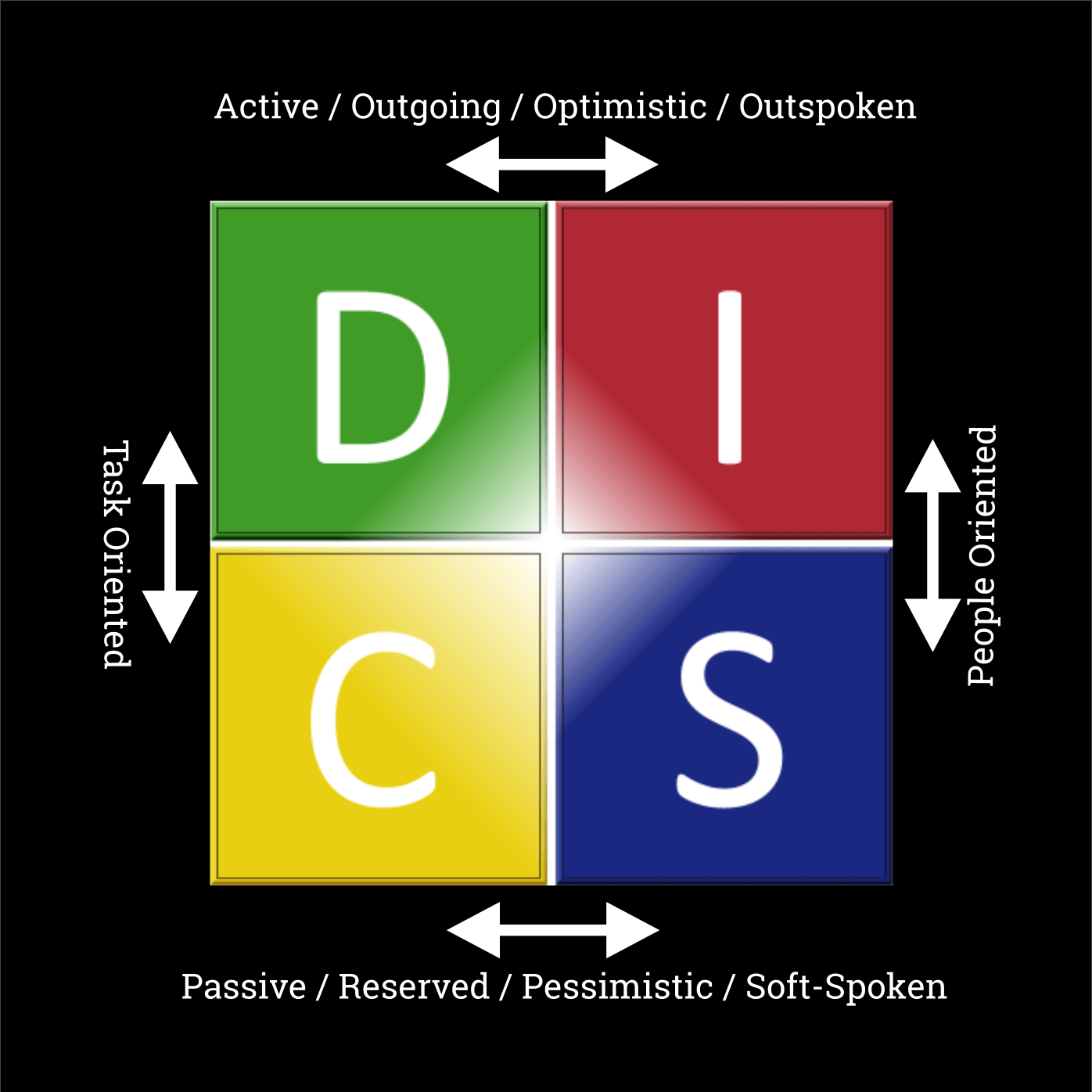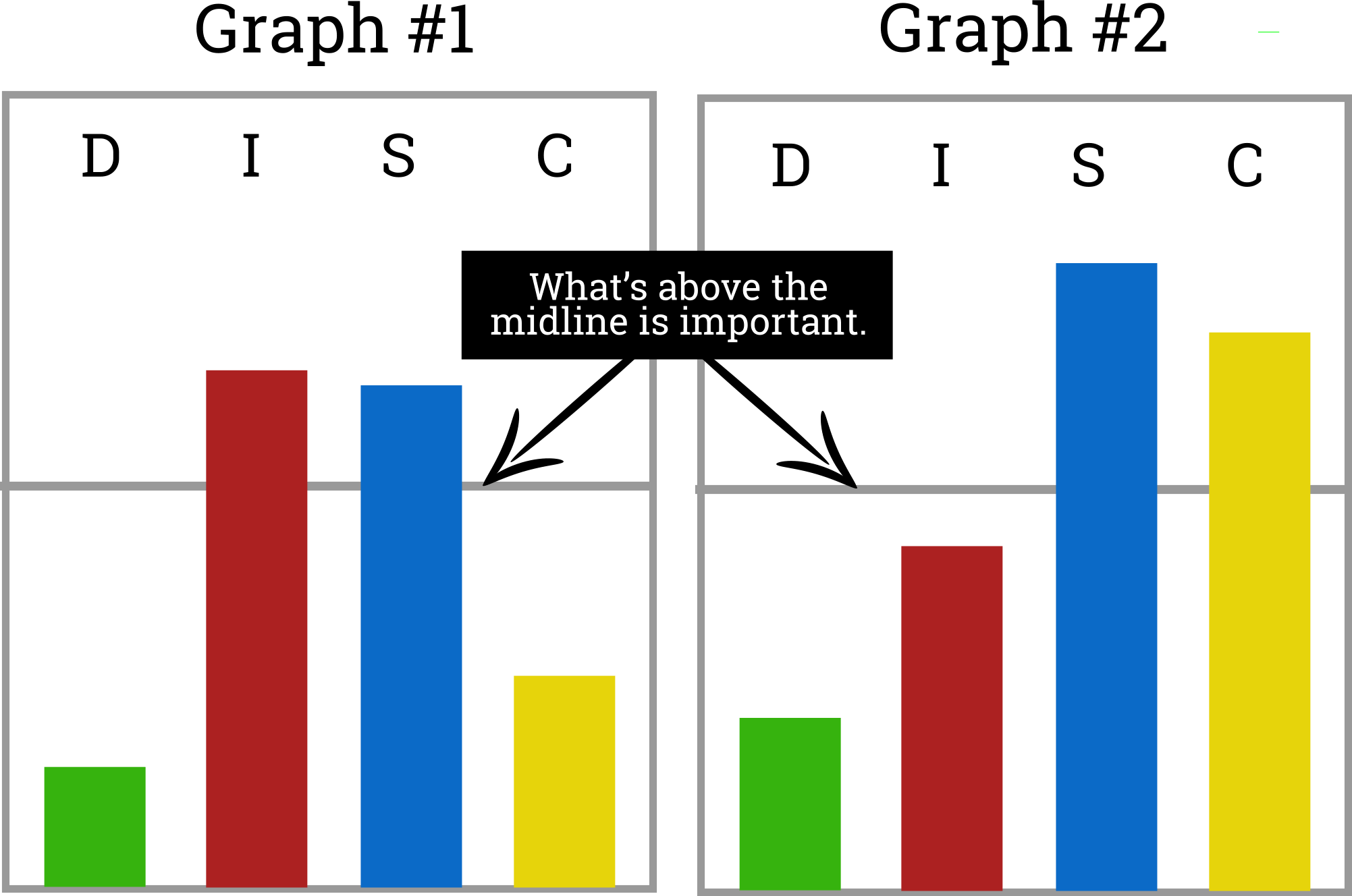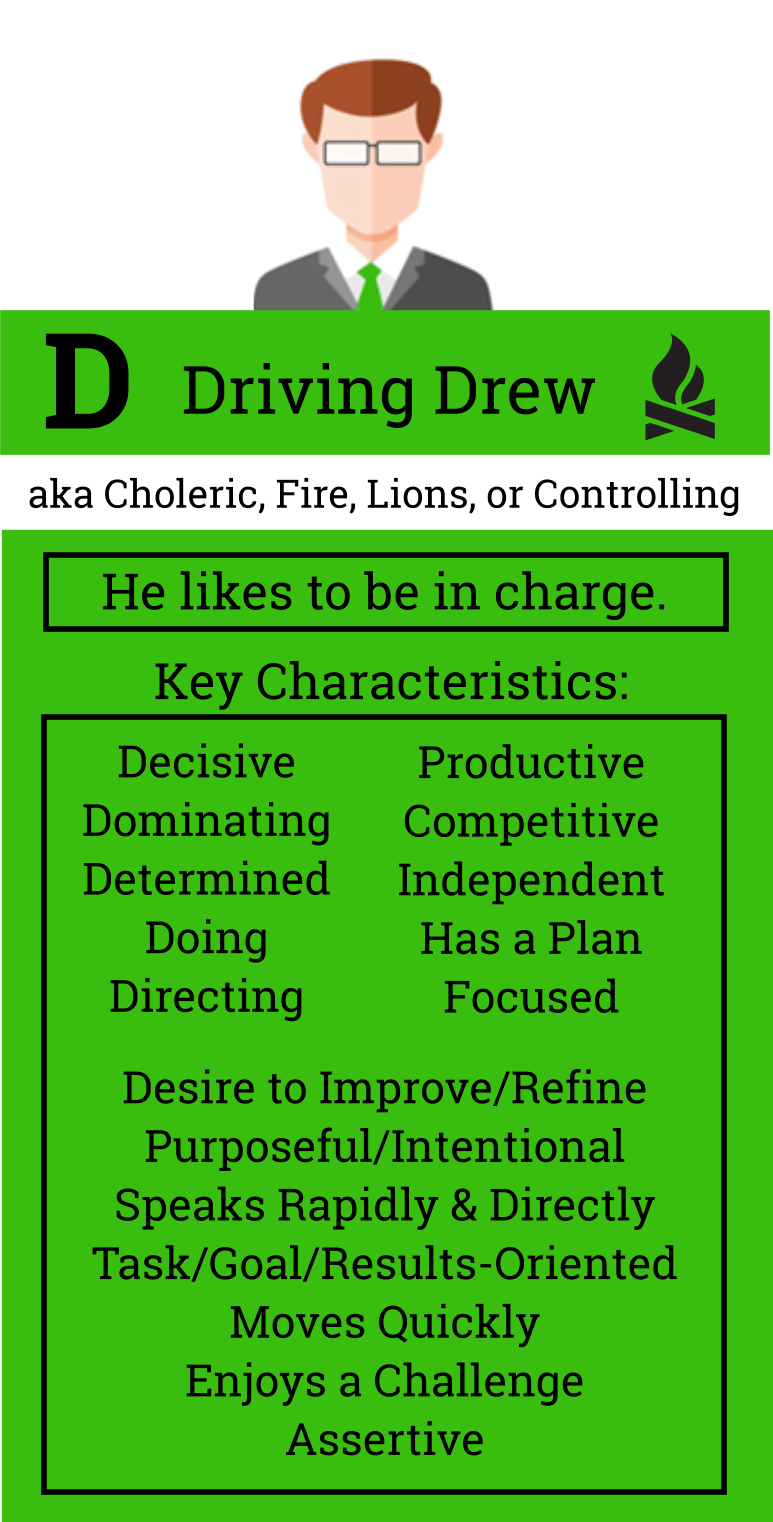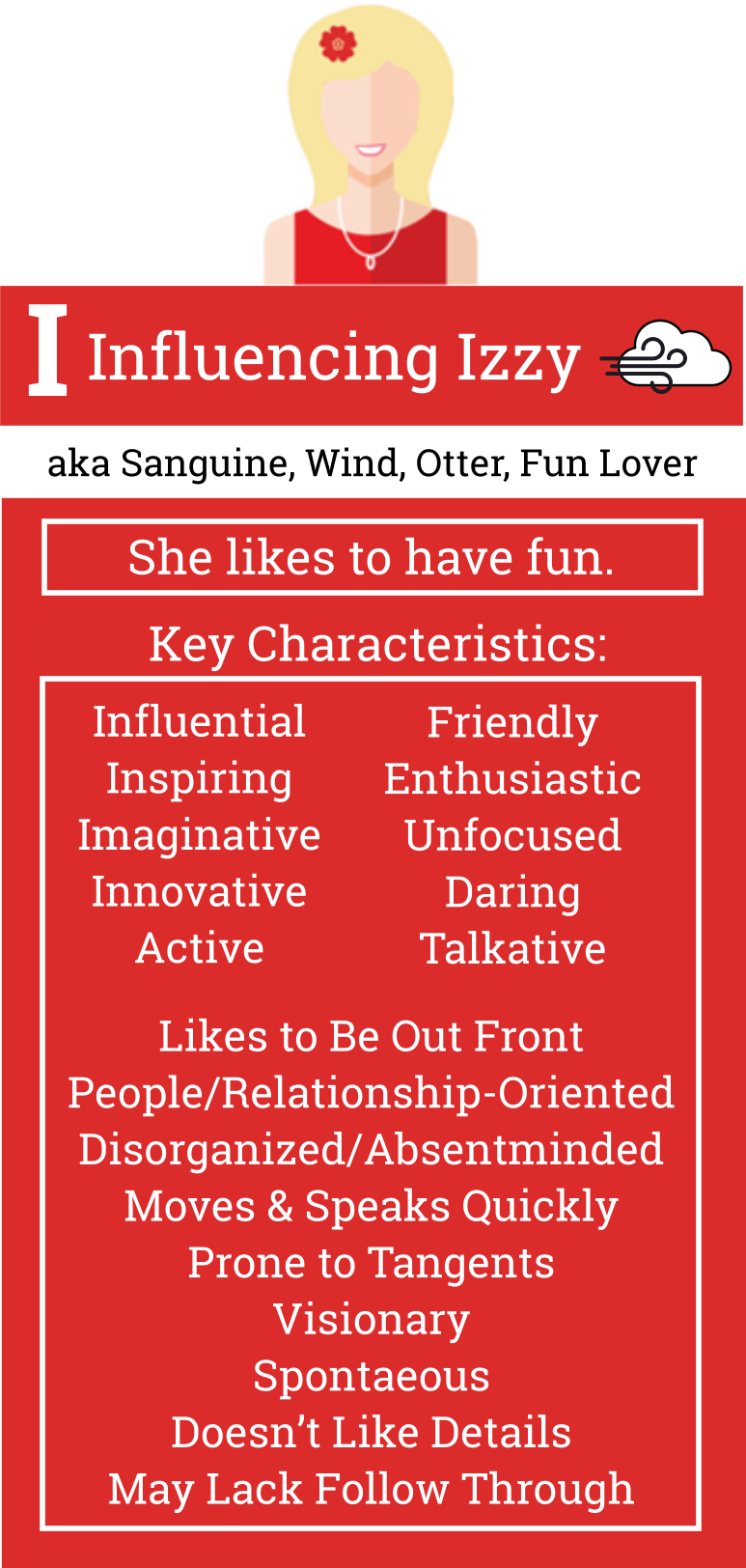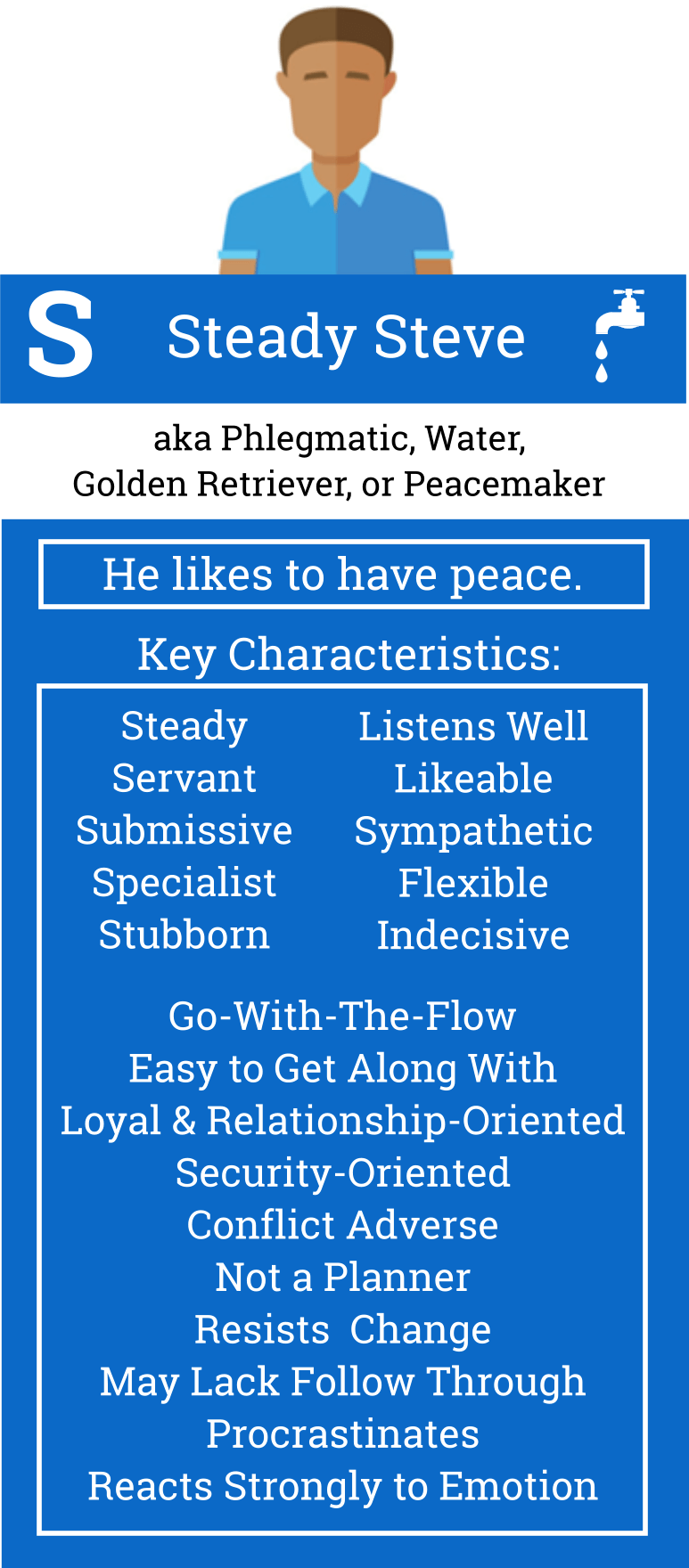Successfully Leading The Personalities On Your Team

Leading well requires a variety of skills, including the ability to adjust the way you communicate and interact with those you lead based on their unique personalities. By default, you probably tend to speak to and treat others the way you would want to be treated, but not everyone on your team is like you.
My grandson loves to don a cape and pretend he’s a super hero! What if your super power was the ability to instantly speak the language of anyone you came in contact with? Even if their native language was Danish, Portuguese, Mandarin, Spanish, or beyond, you would also be able to instantly communicate. That would be pretty sweet, right?
Languages
Back in the day when I studied French, learning the language went beyond just learning the words. It also included learning the culture so that there was context for the words. And as anyone who studied a language in school knows, in order to truly communicate well in another language, you must learn the slang! And the slang varies significantly from region to region even when the same language is spoken.
Sadly, there is no such super power, however, with a little effort it’s possible for you to gain the insights needed to begin adjusting to and appreciating the personalities that aren’t like your own so that you are able to interact with them more successfully. The rewards are great so it’s worth the intentional practice.
Being able to communicate in the same language, slang, and all, opens the door to a whole host of possibilities, while the inability to do so becomes a barrier. Oh, you can wave your arms and point and pantomime like crazy, but communicating in depth – that’s probably not going to happen!
Leading the various personalities or behavioral styles on your team here’s what you need to know:
1. What’s YOUR Unique DISC Profile?
DISC is a four-quadrant way of understanding personalities. It’s common to be dominant in one of the four styles and to have a secondary behavioral style, but that’s not true for everyone. Because God created you in a truly unique way, your combination of the four behavioral styles and how they play out together for you won’t be exactly like anyone else!
Here’s a quick overview:
Each behavioral style or personality has both strengths and weaknesses. Understanding your unique blend sheds great light on what your “default language” is.
One unique aspect of DISC is that it breaks your behavioral style/personality down into two graphs. Graph #1 shows what you think others expect you to be like, while Graph #2 reveals the real you – the you that shows up when your guard is down or you are under stress. Here’s an example:
Recognizing the gap between your Graph #1 and your Graph #2 may help to explain some previously unexplained phenomenon’s and offer some clues as to how you respond to stress.
Unsure of your DISC profile? Let’s Chat!
2. Who Are the Unique People You Lead?
The beauty of the DISC approach to personalities is that it offers a simple framework that’s easy to apply on the fly. Once you understand the defining aspects of each of the four behavioral types, you are then able to interact more effectively, especially with those people who are not like you. It’s a matter of spotting the identifying traits of each of the four behavioral styles.
What are the various behavioral styles of the people on your team? If you don’t have this information, you are putting yourself at a disadvantage! Why not have the entire team complete a DISC assessment followed by a team debrief. Contact me to learn more!
Curious about the key characteristics for each of the four different behavioral styles? Meet a few of my friends:
Did you spot some of the people on your team? Or some of the people that are around you?
Now go back and read over the descriptions again. How might you want to adjust the way you interact with your team members after pondering the descriptions of my four friends?
Ever wondered what would make each of the four behavioral styles deliver awe-inspiring performances? After all, isn’t that what you are looking for from your people?
D = More autonomy and control over deadlines.
I = More collaborating with others and variety in their duties.
S = More time to reflect on and process information.
C = More information in an orderly fashion.
When you understand the behavioral styles that make up your team, you are then able to align your people with the tasks best suited to their personalities AND you are able to approach them in ways that will make working with them that much easier. Just imagine how that shift might increase the odds of your team achieving your goals!
From time to time, you’ll want to refer back to my friends – it is easy to revert to engaging with them in ways that work you – your default!
3. What Are the Strengths of Those You Lead?
Each of the four behavioral styles is incredibly valuable because they bring needed elements to the table. Having a good mix on your team is beneficial. There’s no denying that when opposites interact there will be challenges, but the more you come to appreciate what each other has to offer, the more likely it is that everyone will work out of their personality strengths.
It’s important to note that any strength has the potential to become a weakness when strengths are lived out in the extreme!
Another way of looking at it is that the characteristics of each personality are neutral, and when you are walking in the Spirit those characteristics become strengths. When you are walking in the flesh, they become weaknesses. Or you when fear is at work, your weaknesses abound and when it’s not, your strengths shine!
4. How Do You Interact with Those You Lead?
They say opposites attract, and they do, in part, because they also complement one another. Opposites also clash! Within the DISC model, the opposites are D’s & S’s and I’s & C’s. Knowing how you might complement or clash with those with behavioral styles opposite of yours is a powerful awareness. And with that info in mind, you may wish to adjust your expectations and make them more realistic. Remember that when things aren’t going smoothly it may not be anything personal – it might just be a personality difference.
Now that you’ve had a chance to familiarize yourself with the various DISC personalities, how will you adapt to the folks you lead? After all, it is the leader’s responsibility to adjust to those they lead.
Maybe you don’t lead, but you work for a leader who is unaware of the various behavioral styles or lacks the ability to apply that information to their interactions. Armed with your own knowledge around behavioral styles, you have an amazing advantage! You are able to easily spot which behavioral style you are dealing with so that you are able to choose ways of interacting that work well for that personality! It will make a remarkable difference in your personal and your working relationships – give it a try!
In order to lead more effectively and speak the “language” of the folks on your team, what will you do differently going forward?

